In today’s fast-paced world, the design of our workspaces plays a pivotal role in how we think, feel, and perform. Whether you’re crafting a home office from scratch or looking to refresh your current setup, contemporary office design offers a wealth of opportunities to enhance both aesthetics and functionality.
For those new to the realm of interior decorating, contemporary design can serve as a welcoming, stylish entry point that balances simplicity with sophistication. Seasoned decorators will appreciate the challenge of integrating modern trends with personal flair, creating a space that is uniquely yours.
Through this article, you’ll discover key elements of contemporary office design, from clean lines and minimalist furnishings to innovative storage solutions and lighting techniques. We’ll guide you through practical steps to transform your workspace into a haven of productivity and inspiration, ensuring every decision you make is both beautiful and intentional.
Maximizing Open Space Layouts
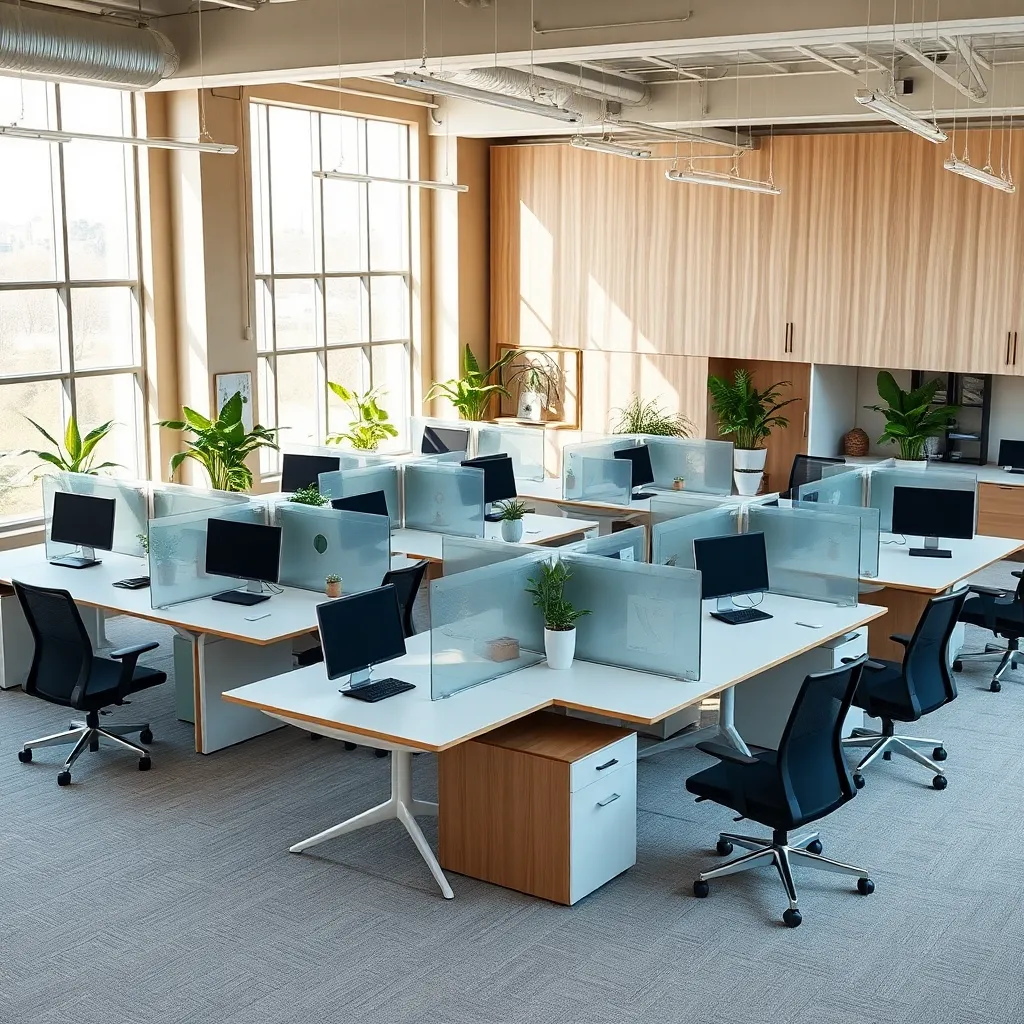
To effectively maximize open space layouts in a contemporary office, consider using multifunctional furniture that adapts to various needs. Choose modular desks and shelving units that can be easily rearranged to accommodate different team sizes or tasks, ensuring flexibility in the workspace.
Incorporating color schemes that enhance the perception of space is crucial. Opt for light, neutral tones on walls and choose furniture in contrasting hues to create visual interest without overwhelming the senses.
Lighting plays a key role in making an open space feel inviting and functional. Implement a combination of overhead lighting, task lighting, and natural light to ensure all areas are well-lit, which can boost productivity and comfort.
For those seeking advanced design techniques, consider using glass partitions to define areas without sacrificing openness. This allows for the creation of semi-private zones that can be used for meetings or quiet work, enhancing both collaboration and focus.
Incorporating Sustainable Materials
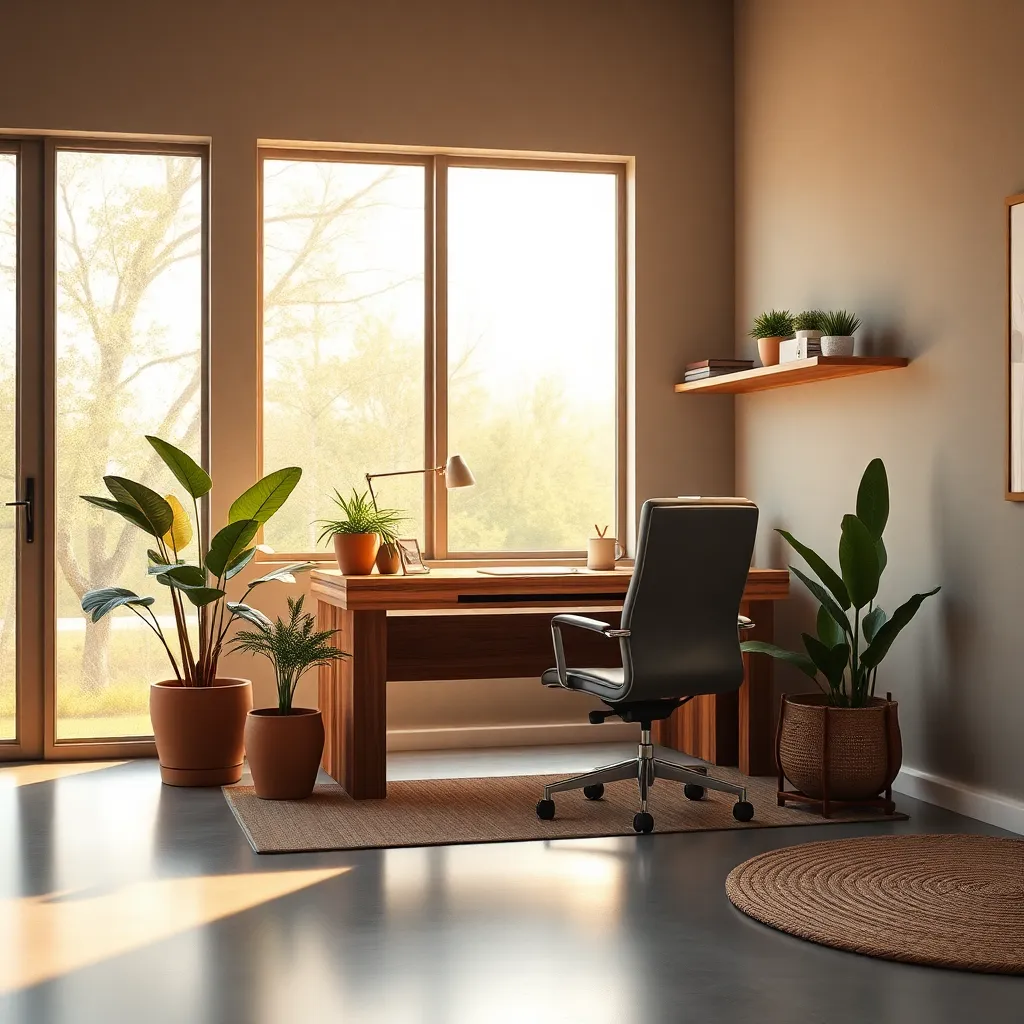
Incorporating sustainable materials into your contemporary office design can not only benefit the environment but also create a healthier workspace. Opt for furniture made from reclaimed wood or bamboo, which are both eco-friendly and add a touch of natural warmth to the space.
Sustainable fabrics like organic cotton or hemp can be used for upholstery, providing a stylish yet earth-conscious choice. Choose pieces with minimal chemical treatments to ensure a healthier indoor air quality, enhancing the overall well-being of those who use the space.
For flooring, consider using cork or linoleum, both of which are durable and biodegradable options. These materials are available in a variety of colors and patterns, allowing you to maintain a contemporary aesthetic while keeping sustainability at the forefront.
Lighting plays a crucial role in sustainable office design, and incorporating LED lights can significantly reduce energy consumption. Pair these with fixtures made from recycled metal or glass to maintain a modern look while being environmentally responsible.
Integrating Smart Technology Solutions
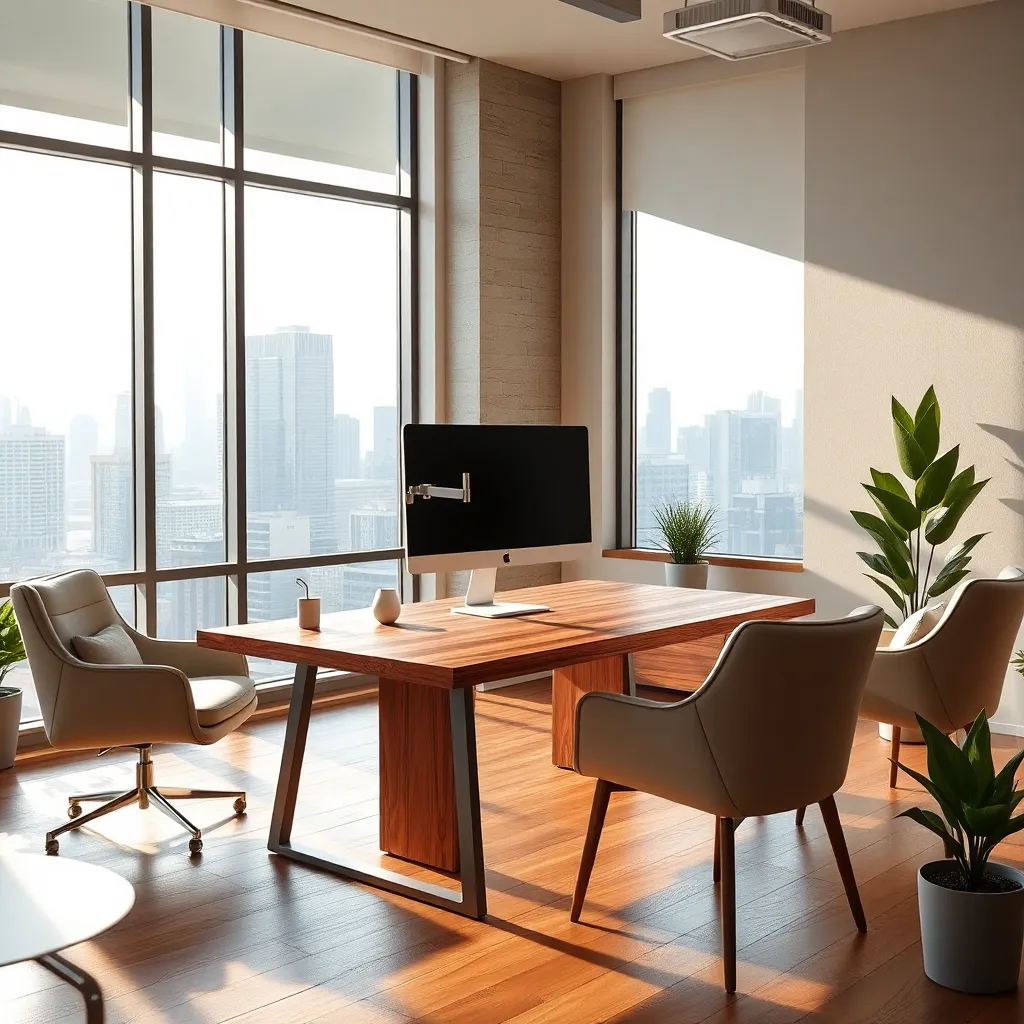
Integrating smart technology into your contemporary office design can greatly enhance both functionality and aesthetics. Begin by selecting furniture that incorporates built-in charging ports or wireless charging surfaces to keep your workspace clutter-free and efficient.
Consider investing in smart lighting solutions that allow you to adjust brightness and color temperature according to your work needs. Smart bulbs can be programmed to simulate natural daylight, fostering a more productive and pleasant working environment.
For advanced users, installing a smart thermostat can effectively regulate the office temperature, ensuring comfort while optimizing energy use. Pair this with motorized shades that can be controlled remotely to manage natural light and maintain privacy.
Incorporating smart speakers or voice assistants can streamline your workflow by managing tasks, setting reminders, and controlling other smart devices effortlessly. Ensure these devices are stylistically integrated into your design by choosing sleek, minimalistic models that complement your office decor.
Enhancing Natural Light Utilization
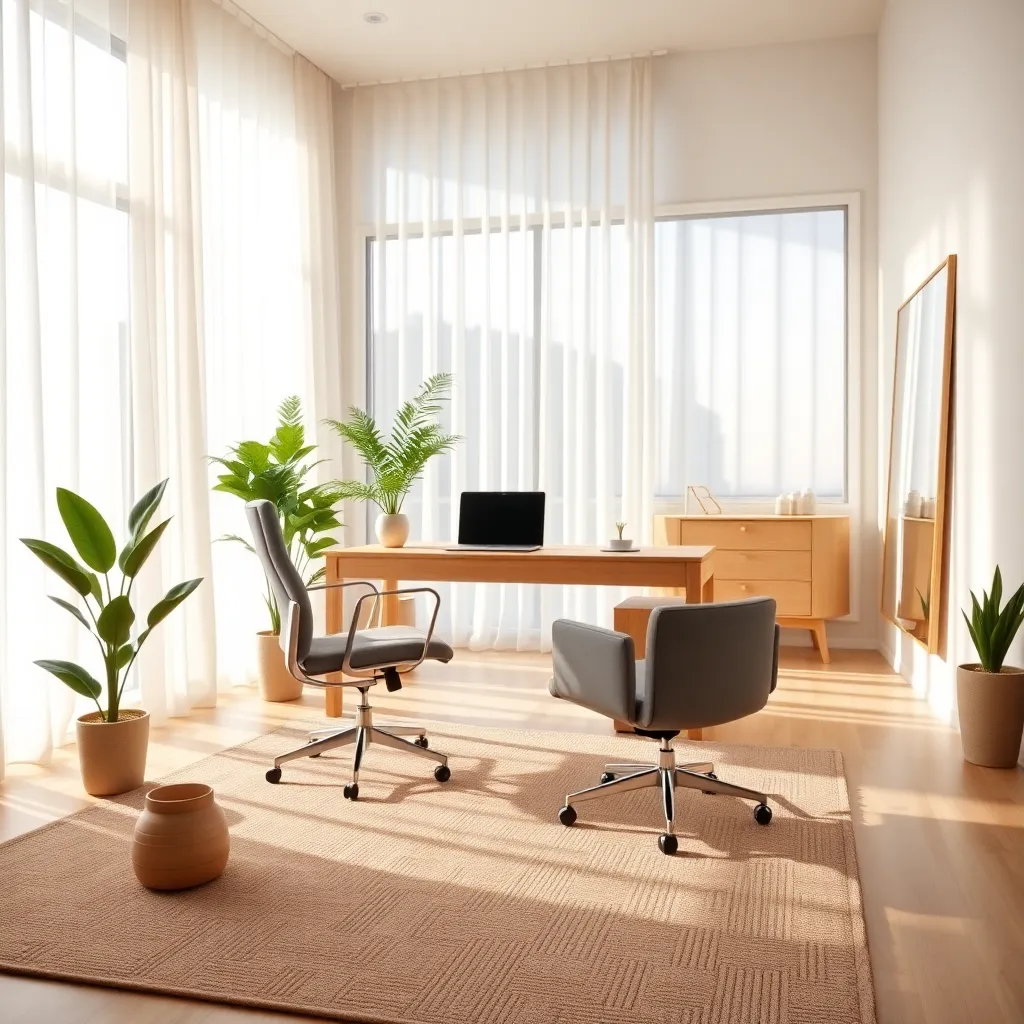
Maximizing natural light in a contemporary office can significantly enhance the overall ambiance and productivity. Begin by opting for transparent or sheer window treatments to allow maximum light penetration while maintaining privacy.
Furniture placement plays a crucial role in light distribution. Position desks and workstations near windows to take advantage of natural light, which can reduce the need for artificial lighting during the day.
Choose a color palette that complements natural light, such as light neutrals or soft pastels, which reflect light and make the space feel larger. Avoid dark or overly saturated colors that can absorb light and create a dim environment.
Implement mirrors or reflective surfaces strategically to enhance light diffusion throughout the office. Place mirrors opposite windows or on adjacent walls to bounce light across the room, creating a brighter and more inviting atmosphere.
Fostering Collaborative Work Environments
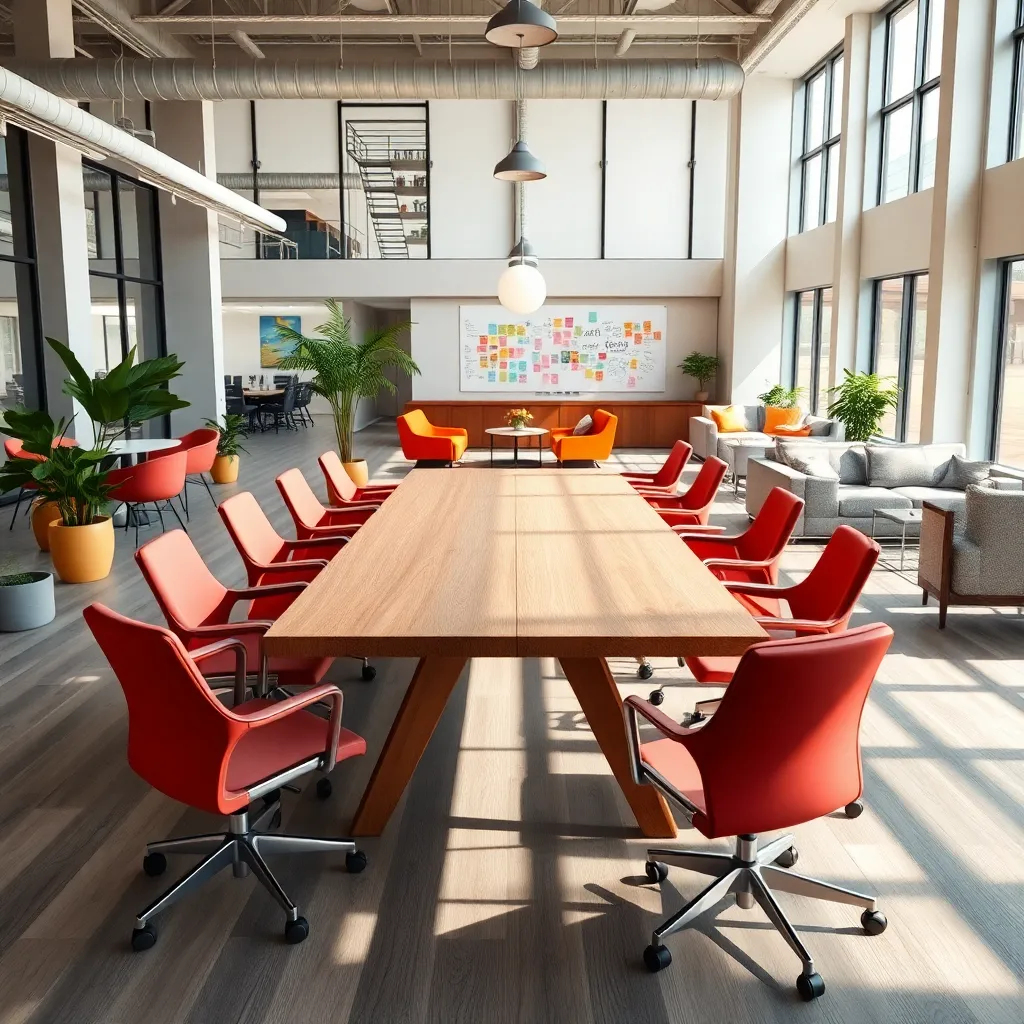
Creating a collaborative work environment in an office setting requires thoughtful design that encourages communication and creativity. Start by arranging desks and tables in a way that promotes interaction, such as in circular or U-shaped configurations, which naturally facilitate conversation.
Incorporating flexible furniture can significantly enhance a collaborative atmosphere, allowing spaces to be easily reconfigured for various group activities. Consider using lightweight, movable chairs and tables that can be rearranged to suit different meeting sizes and purposes.
A color scheme that promotes focus and creativity is essential for a collaborative environment. Opt for a palette of soft blues and greens to maintain a calming effect, while integrating pops of vibrant colors like orange or yellow to stimulate energy and innovation.
It’s also important to integrate technology seamlessly into the design to support modern work needs. Install smartboards and wireless charging stations to ensure that technology is accessible and doesn’t hinder the flow of collaboration.
Conclusion: Growing Success with These Plants
In exploring the dynamic intersection of contemporary office design and relationships, we’ve uncovered five pivotal concepts: the impact of open spaces in fostering collaboration, the importance of personalization to enhance individual comfort, the role of technology in bridging communication gaps, the necessity of flexible environments to accommodate diverse work styles, and the significance of wellness spaces in promoting holistic well-being. These elements, when thoughtfully integrated, can transform workspaces into thriving hubs of interaction and connection.
To put these insights into action, consider assessing your own workspace today. Identify one small change you can implement to enhance collaboration or comfort, whether it’s rearranging desks to encourage teamwork or introducing a plant to boost morale.
Remember, nurturing relationships in any setting requires ongoing effort and creativity. Save or bookmark this article to revisit these concepts whenever you feel the need to refresh your approach.
Looking ahead, embracing these strategies will not only enrich workplace relationships but also set the foundation for enduring success in all your interactions. Empower yourself to take these steps and watch as your relationships flourish in vibrant new ways.
